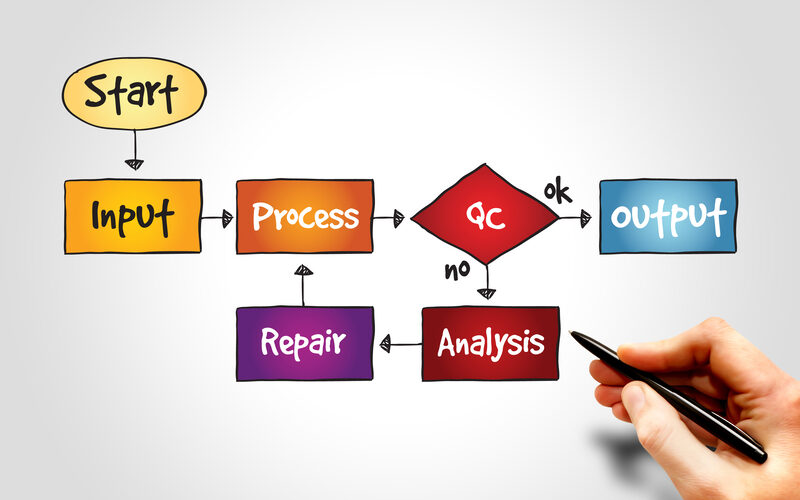There is something wrong with your process: it keeps failing and you don’t know why…

In every industry, a fair bit of competition is to be expected. But it seems that these days, with the way business is saturated, competition is plentiful and tough. And to compound the problem, consumers know they have choices.
Yes, consumers are well aware that they are many companies vying for their business. This has made them smug and overconfident (rightly so) that they demand nothing less than value for their money. And value is defined as anything that your target customers are willing to pay for.
For any company that wants to distinguish itself from the competition, they need to deliver value that would also make customers choose them over the competition. This is where the concept of value stream mapping comes into the picture to help.
Defining Value Stream Map
According to BusinessDictionary, a value stream map or VSM is a “procedure used in lean manufacturing where the process of disseminating materials and information is streamlined to bring a product or service to the customer by creating the most efficient system possible.”
To deliver value to their customers from start to finish, there are a number of critical steps that need to be carried. Using a VSM, you can visualize all these steps, showing how your products flow through the organization to the point they get into the hands of the consumer.
The VSM needs not only include steps that bring value directly to the customer but can also include others that help other processes achieve the goal.
For instance, before a software company releases its program, they need to conduct a bug test in order to eliminate as many bugs as possible. The customer is not paying for this step, but the company must do it in order to ensure the delivery of a quality piece of software. If the software ships any bugs that make it crash, the customer will likely abandon the software and warn others not to purchase it.
Benefits of Value Stream Mapping
Value stream mapping comes with a number of benefits. Here are the most important ones:
Identifies Waste
By mapping how value moves through the organization from start to finish, you can identify areas on the map where value is lost. Basically, you will want to eliminate anything that does not add value to the process by consuming resources unnecessarily. In the case of software development, this would be bugs.
Keep in mind that the software industry is just one example of where VSM can be applied. Essentially, any industry that has a process, whether it is manufacturing, hospitality or human resources can benefit from VSM.
Identifies Improvement Opportunities
Through value mapping, opportunities for process improvement will be identified. It is not just about eliminating waste, but also about finding areas or sub-processes within the process that can be made to be more efficient.
As you map the process, you will no doubt have input from the engineers who designed the process and the operators who interact with it. These people will have valuable and actionable opinions and insights that can be used to make the process better.
Most importantly, it is one of the most critical steps in building a culture of continuous improvement. It is prudent to remember that process improvement is not a one-time event, but an ongoing endeavor. Without continuous improvement, beneficial changes are bound to rollback with time.
Identifies Bottlenecks
Bottlenecks are those steps in the process that stop the flow of value until the step is complete.
Going back to the software development example, all changes to the code need to be approved by the senior software developer. If he is too busy with other tasks, he won’t get a chance to approve them, meaning the development will be stuck at this point until he gets around to it.
Creating a VSM can bring such types of bottlenecks to the surface, allowing for them to be eliminated for value to flow uninterrupted.
Conclusion
Value streaming is an important step when it comes to creating value for the user. Ultimately, it allows organizations to deliver value to customers in the most efficient way so they get their money’s worth. If done right, it can also identify waste, improvement opportunities and bottlenecks. In the end, you will also have a highly efficient organization.




Comments (0)